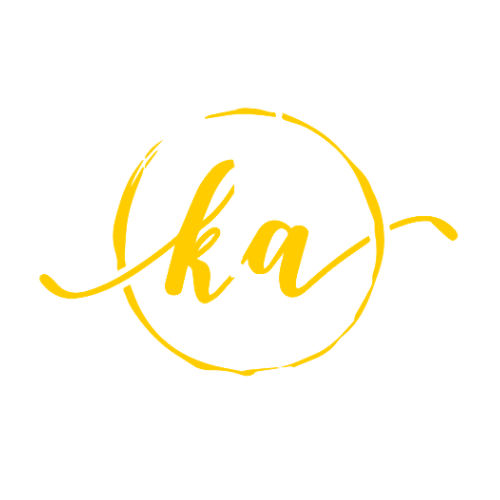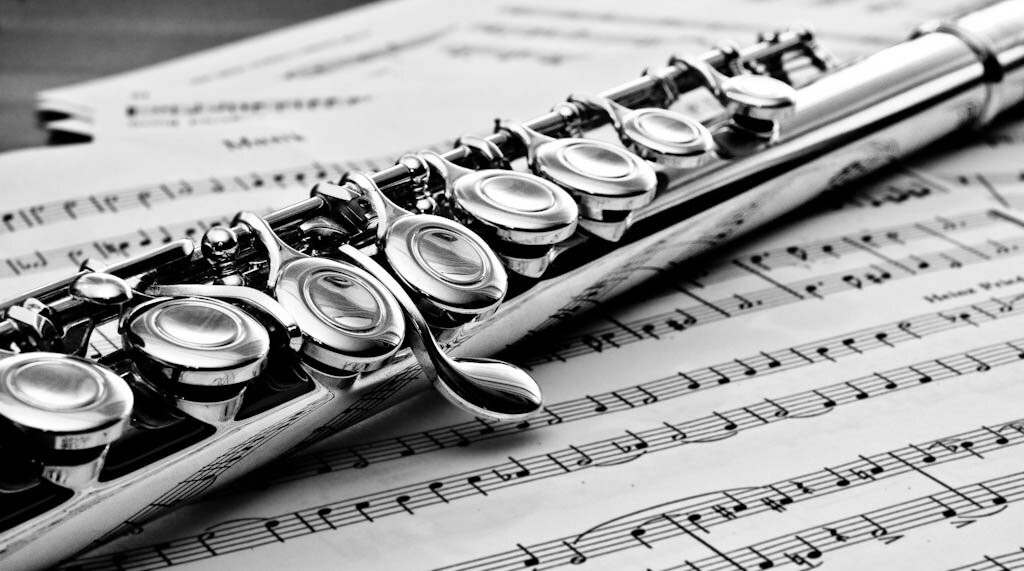The Best Flutes for Beginners
If the emergence of “Sasha Flute” or the popularity of Lizzo has inspired you to take up the flute, we say go for it — the woodwind instrument is surprisingly easy to learn. “Here’s the funny thing about the flute,” says Carol Wincenc, a Grammy-nominated flutist and Juilliard professor, who was hailed “Queen of the Flute” by New York in 1984. “You know how they say, ‘Just hang it outside of a moving vehicle, like a car going 70 miles per hour, and it will play itself? It’s for real. That’s how basic the flute is.” But which one to get? To find the best flutes for beginners, we spoke with Wincenc, orchestra flutists, and resident artists. Below, their 11 picks.
Best Flute for Beginners
Most of the flutists we spoke with named Yamaha as the go-to brand for a high-quality flute for beginners. Wincenc says that for the “serious student,” Yamaha would be the most reliable flute in the $300 to $500 range. “In terms of a solid instrument for your money, it’s the best for your buck,” she says. The Yamaha has closed hole keys, an offset G key, and a C foot joint, which are all specifications that Kim Lewis, resident flutist at the Flute Center of New York, suggests beginners look for in a flute.
Yamaha YFL-222 Intermediate Flute for Student $519.99
Flutes with Closed Hole Keys
Lewis also recommends beginner flutes from Gemeinhardt, Trevor James, Eastman, Pearl, and Di Zhao, which all have closed hole keys, an offset G key, and a C foot joint, like the Yamaha. Beyond those basic features, it comes down to personal sound preferences. “Each company has their own idea of sound and mechanism design, so every flutist can find a flute that fits them well,” Lewis says.
Eastman Student Flute Model at Flute Center of New York $998
The positioning of the keys on flutes like the Gemeinhardt 2SP helps teach beginners where to hold their hands on the instrument. Lewis explains: “Intermediate and advanced flutes have open holes in the keys that are pressed with the player’s fingers. Until a student develops proper hand position, it is difficult for them to be able to cover these holes, so beginner flutes do not have holes in the keys. Additionally, offset G refers to the G key on the flute (which is played by the left-hand ring finger). This key is set forward from all of the other keys so it is easier to reach, as the left arm has to stretch across the body to get to its position on the flute.”
Gemeinhardt 2SP Flute with Straight Headjoint $400
The flutes Lewis named also have C foot joints, whereas a more advanced flute would have a B foot joint. The difference is in the flute’s ability to create low notes. “Intermediate and advanced flutes have a B foot joint, allowing one to play a low B,” Lewis says. “The C foot joint is shorter by having one less key, and only allows to play down to a low C. The shorter foot joint makes the flute lighter for beginner players, and often these lower notes are not frequently utilized in the repertoire until the intermediate and advanced playing levels.”
Pearl PF500 500 Series Student Flute with Case $550
DZA-100 $1,942
Azumi AZ2 Intermediate Flute Offset G $1,549
Bart Feller, who is principal flute of the New Jersey Symphony, New York City Opera Orchestra, and Santa Fe Opera Orchestra, and teaches in Julliard’s Pre-College Division, recommends Di Zhao, Trevor James, and Aizumi as some of his favorite brands for beginners. All three brands’ beginner flutes “play well in tune, and have a substantial, not tinny, sound,” he says.
Best Beginner Flute for Kids
“The curved head joint is for the really little tyke,” Wincenc says. She recommends a curved head joint — which allows flutists with smaller hands to reach the keys while they’re learning — for players as young as 4 and 5 years old.
Trevor James 10X Flute with Curved & Straight Headjoints $631
Least Expensive Flutes for Beginners
Lazarro 120-NK Professional Silver Nickel Closed Hole C Flute with Case $80
If you’re just looking to dabble in the flute and want to try something inexpensive that won’t necessarily last forever, there are some options. “Ten years ago there was a Walmart $79 flute,” Wincenc says. “And I haven’t investigated it as of late, but there are the plastic flutes. I’m a backpacker and I’m thinking of buying one of these things, and they come in all kinds of fun colors, like hot pink, royal blue … I mean, yes, you can make a sound on those things.”
GEAMUS Soprano Descant Recorder
Higher-End Flute for Beginners
Yamaha 577H professional flutes combine the brilliance of a nickel silver body with the characteristic warm colors of a sterling silver headjoint. The hand-finished sterling silver headjoint is a modified version of the Type A headjoint supplied with Yamaha handmade flutes. The specially designed cut of this headjoint offers incredible response and an impressive dynamic range.The keys feature traditional pointed key arms, reflecting the highest level of craftsmanship and adding visual elegance to these outstanding instruments.
Yamaha Professional 577H Flute $3,059.99
Flute for Graduating to the Next Level
Maxim Rubtsov, the principal flute of the Russian National Orchestra, also says he would “highly recommend Yamaha flutes for beginner students. They are made well and have an excellent sound.” It was a formative flute for Rubtsov: “My father brought me a Yamaha flute from his work travels in Asia, and I played this flute through my formative years,” he recalls. “I auditioned for university, and even won my first orchestral seat playing on my Yamaha flute.” (Rubtsov is a Yamaha piccolo artist currently.) This model is one step above the beginner Yamaha 222 — it still has the offset G, which is recommended for beginners, but has open key holes and a B foot, which allows intermediate and advanced players to play lower notes.
Yamaha YFL-362 Intermediate Flute Offset G B-Foot $1,478
A great musical instrument is essential for a performer who wishes to produce his or her best music. A flute may appear to be a simple tool, but it's a finely crafted and complex work of art.
The best flute is the one that is right for the individual. Student, intermediate, and artisan models are all options. We found the Pearl 765RBE1RB Quantz Series Flute to be the best for its exquisite tone and innovative features. To learn more about what to look for in a quality flute, keep reading.
Considerations When Choosing Flutes
Types
The most important aspect to note for individuals who are considering purchasing their first flute is that there are three general types:
Student: A student flute has unique features, such as closed holes, that make the instrument easier for beginners to produce a satisfactory tone. Student flutes are also manufactured to withstand more bumps and bangs.
Intermediate: An intermediate flute is more difficult to play, but it produces a better tone. It has a number of features. It's longer (with a B footjoint; see next section for explanation), has an open-hole system, and has a slightly different layout of the keys, which could inhibit a beginner's progress.
Artisan: These handcrafted models are for the serious advanced student who is considering a career in performing.
Features
Closed-hole vs open-hole
Closed-hole flutes have solid keys making them easier for beginners to play. Open-hole flutes offer a player much greater control over intonation.
Footjoint
The footjoint is the third and smallest part of a flute. The C footjoint is shorter and better for beginners; whereas a B footjoint adds a low B to the instrument's range and improves the instrument's overall pitch.
Offset vs. inline
This refers to the G key on the flute. An offset G key provides a more natural finger position, but an inline G key can be better for musicians who have longer fingers.
Dapped vs. pointed (key arms)
Most flutes feature dapped keys, which are connected to the instrument via a Y-shaped arm. Pointed key arms extend over the center of the key and offer a stronger more durable mechanism. Often these are only found on high-priced instruments.
Price
Student flutes are constructed to be more durable and tend to be closed-hole instruments with a C footjoint. They can cost as much as $800. Intermediate or step-up models feature an open-hole system, a B footjoint, and produce a better tone. These flutes can run from $800 to $2,400. Hand-crafted artisan flutes start at $2,400, but they can cost as much as you are willing to pay.
FAQ
Q. Does my flute require any kind of maintenance?
A. Yes. After playing your flute, disassemble it, and gently swab out all three parts using a soft cloth that has been threaded through the included cleaning wand. It is also important to use a second cloth to carefully wipe any and all fingerprints off of the instrument before putting it back in the case.
Q. I fold my music up and place it in my case. Is that a good place to store it?
A. No. A flute case is designed to hold a flute and nothing else. Anything you place inside, even a sheet of folded music, can damage the fragile key mechanisms when you close the lid.
Flutes We Recommend
Best of the best: Pearl's 765RBE1RB Quantz Series Flute
Our take: An innovative high-quality flute that is crafted with the serious musician in mind.
What we like: This beautifully designed model has French-pointed arms, a B footjoint, and a split E mechanism (for ease of playing). The pinless one-piece core bar is a simple yet effective and durable design.
What we dislike: Though it offers features a beginner will appreciate, the price is more in line with a committed artist who is looking to step up to a better instrument.
Best bang for your buck: Yamaha's YFL-222 Intermediate Flute for Student
Our take: An affordable flute that is designed for a beginner but produces a tone that would please a more advanced student as well.
What we like: This flute has markings, so beginners know how to best line up the parts. The bumpers are manufactured using a durable neoprene, and the instrument is constructed to withstand damage a new player may accidentally cause. Additionally, the closed-hole keys make it easier for a beginner to play.
What we dislike: The title "intermediate" is a little misleading because the instrument excels as a beginning student model.
Choice 3: Pearl's 525RB1RB Quantz Series Flute
Our take: A high-quality step-up flute that has a number of features typical for a much higher-priced instrument.
What we like: This flute is designed to help transition a novice player to a more advanced instrument. The included plugs are appreciated as is the sterling silver lip plate and riser. The French-pointed arms are a pleasant surprise on a model that is available for less than $1,000.
What we dislike: It is difficult to find fault with this flute because it is a wonderfully versatile instrument with above-average tone quality.

